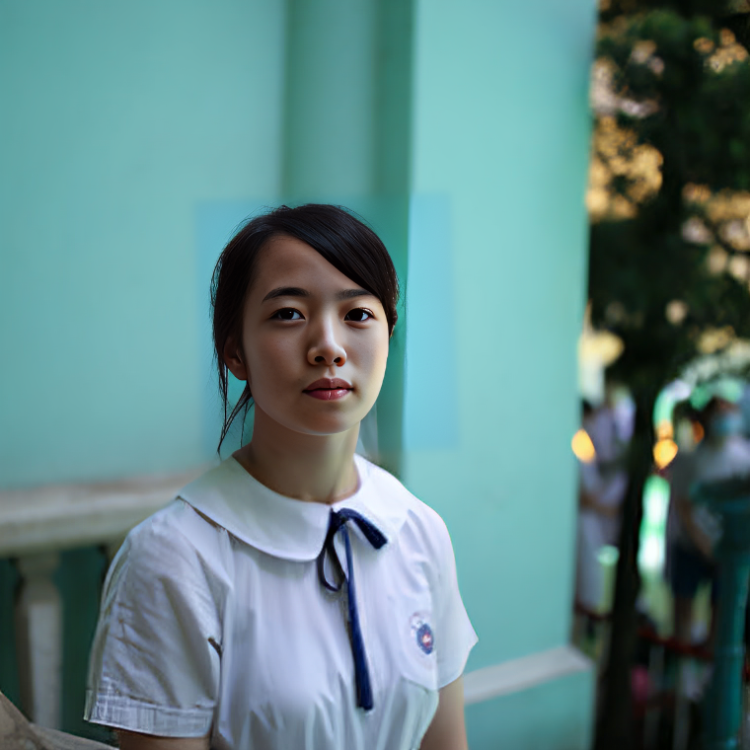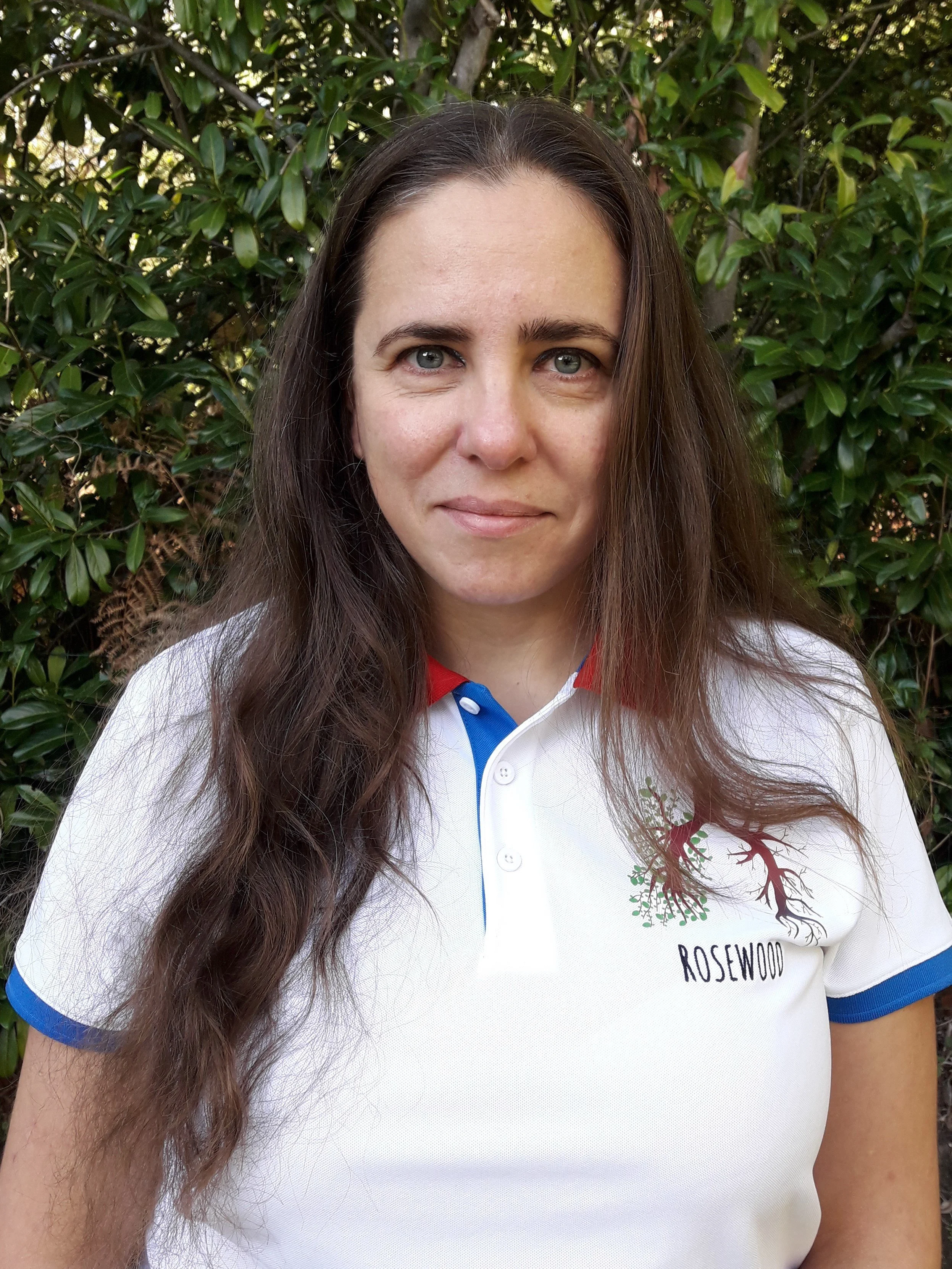Creating Nano-vehicles for Cancer Therapeutics: Turning Crazy Idea to a Published Paper - UCL 2019 iGEM
Rupali Dabas, Clare Robinson, and Saverio Charalambous of the 2019 iGEM team doing public engagement with high school students
An interview with Rana Khalife, Alexander Van de Steen and Saverio Charalambous, as part of UCL 2019 iGEM team and authors of “Bioengineering bacterial encapsulin nanocompartments as targeted drug delivery system” paper
What inspired your project idea?
Saverio: It was a combination of things. We had some expertise in the field of bacterial nanocompartments. We thought that could be a cool way of using self assembly nano compartments that are produced naturally as targeting systems. Why can't we not moduralize them for hard to target diseases? So it was about prior expertise and also having a project that can really have an impact on patients lives and health essentially. We thought about how we could better modulate systems that are more efficient, more targeted. We combined all those ideas to come up with this.
Rana: Saverio comes from a background in which he was really interested in synthetic biology and he did a regenerative medicine minor with me. We were talking about the novel cancer treatment, which is CAR T-cell therapy, which showed really good efficiency, but the problem was that it cost 475k. USD. So how can there be an alternative, combining synthetic biology with regenerative medicine to be able to create a novel approach to treat this kind of cancer while lowering the cost of it.
Saverio: The ability of producing this in bacterial systems would lower the manufacturing cost. We could generate a more approachable cost efficient way to monitor CAR T-cells.
Were you working on something similar before iGEM? How did the previous expertise tie into your project?
Alexander: We were not working on this system before iGEM. In iGEM we developed this modular platform. But the encapsulates themselves were of interest just as a scaffold. We did not work on the cancer therapeutics side of this before iGEM. I think, as with all iGEM ideation processes, It's about saying who's working on what department in the surrounding UCL environment. Are there some interesting applications that we can think of? Taking from what they have and trying to solve real world problems. This whole system was entirely developed through iGEM. Through the project and later just sort of repeated and put together. It was most of the way there towards a publication. For more of the work they managed to do crammed into a couple of months. It wasn't based on previous work at all.
Rana: Steffie, who was leading on the iGEM team, allowed the students to think about different projects and propose this to each other and then they could pick up the project of their interest. We allowed the students to choose their own topics, we have not done encapsulin targeting cancer before. They were able to go through literature and choose something interesting and combine synthetic biology with therapeutics.
UCL 2019 iGEM team public engagement activities
What motivated you to do a publication even after iGEM ended?
Alexander: The motivation was that during the six-seven months they were working on an iGEM project the actual student team managed to produce so much. They really were a great team and managed to drive quite quickly through to quite a convincing data set. So the motivation was we just can't let so much work [go to waste]. We need to just get this out there, just do a couple of necessary repeats and then it was like 90 percent of the way there towards publication anyway. That was the motivation for me as the advisor of the team.
Saverio: We created something new using a novel system. So I think it was for continuing some of the work, writing articles to share this knowledge to the community, to show how bacterial systems could be modularized with different disease targets. That was really important. There have been previous reports about that, but I think the linking of the knowledge with the applicability of this system was something that inspired us.
Rana: In our department we have so many people working on different things. We wanted to show such a collaboration between synthetic biology and the challenging therapy people. Not only that, most of the people in our field are focusing on the cell itself, and the process that I talked about costs a lot. We thought that the amount of data and the proof of concept that we had [from the project], we had to publish this, to show that sometimes you can combine different fields to get the same target. We just did a few repeats and then we wanted to publish to show this proof of concept.
Do you know if the work is being continued now?
Saverio: The unfortunate event was that covid came in 2020, so our journey was cut short. I was quite keen on proceeding with this work, but we were stopped for essentially two years. As students we could not have access to the laboratories in the department unless we were doing a PhD. So definitely there was main work that could have been done more to demonstrate further the efficacy, the accuracy or check alternative targets. But that was hindered, some repeats were contacted.
Alexander: In terms of the original igGEM team, I'm not aware that anyone is still carrying it on past publication. But the targeting system, not in the therapeutics, has definitely been carried on in the research lab for sure. Not necessarily related to the miniSOG encapsulin DARPin system. The targeteding encapsulins are definitely still being used.
What were the hurdles that you had to overcome to publish the work?
Saverio: Obviously the team was composed of students from natural science degrees, chemical engineering, biochemistry degrees from different levels. We had a lot of graduating students. So there were definitely some people who were going to other masters, some going to industry, some proceeding with PhDs. The most difficult part was having that communication. We kept in contact throughout the process and tried to build that publication. But we were all happy to get this work done for ourselves. So we communicated quite well and created the manuscript in the end.
Rana: One of the challenges was that some of these students did not go to the lab. So during the first weeks of iGEM, they had to go through training and sometimes the experiment didn't work. So we had to kind of give them a bit of a hope that it will work, this is science. Maybe one of the challenges is doing synthetic biology and cloning and stuff like that. There is another challenge. You have to deal with cancer cells. Whenever we have to repeat the experiment, the cell's behavior is totally different from time to time. So we had to repeat, optimize the experiment to validate our data. The iGEMers go to the lab for a maximum of 3 months and usually to train someone on cell culture, it takes months or more not to have any contamination.
What advice would you give to new iGEMers?
Saverio: I think communication is of utmost importance in collaboration. Throughout science you definitely come through different challenges, but what is important is a good team that communicates well and distributes roles to investigate those problems, and how to better direct the research to get the solution you want. So definitely communication together with effective collaboration is critical in understanding these challenges and overcoming them.
Also having the end goal. It's crucial to keep this end goal of what you wanna achieve. Because that is going to motivate you to cope with the challenges. I think that is very important.
Alexander: Communication is key. I think that the best teams or the best people have a good bond and they can really delegate and organize themselves well.
Alexander Van De Steen
Saverio: The other point to add is that our project was quite intensive, there were these challenges, but human practices are also part of iGEM. In this science is communicated with experts from other fields. Trying to understand and get their feedback and [think] how to integrate that in the development of your project. Try to also communicate with people that you have not collaborated with before. Some people might have more knowledge. It's really about collaboration and finding who`s the right person that might help you.
Rana: It's true. And in 2019 they generated a lot of data, because they were working as a group. They were always communicating. We had some people just doing the outreach and whenever they had pressure in the lab, they were going to the lab to help them. Which was great. Everything was communicated. They were very organized. Even at every team meeting they put the gold medal criteria. This team had a really clear vision of what we want to achieve and when we want to achieve. They were generating data like “let's do this, but first, does it fit with the medal criteria? Let's finish iGEM first, and whatever we want to do for the publication, we can do later on”. So tips for new iGEMers, as now we are in the process of the new iGEM team, are: [think about] is this project feasible, what are your end goals and then try to communicate as a team as well.
Saverio: In every project you want to pursue, you need to have the aims and objectives always in focus. And really try to understand when and how I am going to achieve those goals.
What impact did this publication have on your personal career journeys?
Saverio: Personally, I think as a focus of our project was therapeutics, generating development systems for therapies for cancer, it really inspired me to look further into cell gene therapies and even to direct myself to this field of industry. Currently I'm working on Exosome based genetic therapies. And I'm going to pursue a pHD in cancer disease research. All these cancer and therapies inspired me to direct myself towards this area of development of new therapies.
Alexander: I'm doing a phD using these protein nanocompartments. But iGEM is kinda crazy in a sense that you get a lot of, on the surface of it, what sounds like pretty crazy ideas. The fact that you got the student team and all the energy, the enthusiasm to try it, I really have a better appreciation and more optimism towards how these conjugate protein systems can be expressed and assembled. I definitely have more of an appreciation for just you know how a crazy idea is only crazy until it works. That is definitely something that I`ve taken from iGEM. In 2019 and onwards.
Rana: In our department you can easily talk to people, you can easily communicate with others. But I never thought, for example, to collaborate with Steffie and Alex to work on a bacterial nanocompartment to kill cancer. I would probably go through the CAR T-cell therapy, which cost millions. Or for example Saverio is working on exosomes which are particles secreted by the cell itself. So I would probably isolate this and then target. But I wouldn't even think about having a drug delivery system using bacteria. So this helped me to increase my knowledge first in synthetic biology, see how crazy it is and then just give myself kind of a reflection of what could have been achieved or what more we can achieve and establish more collaboration in our department.










